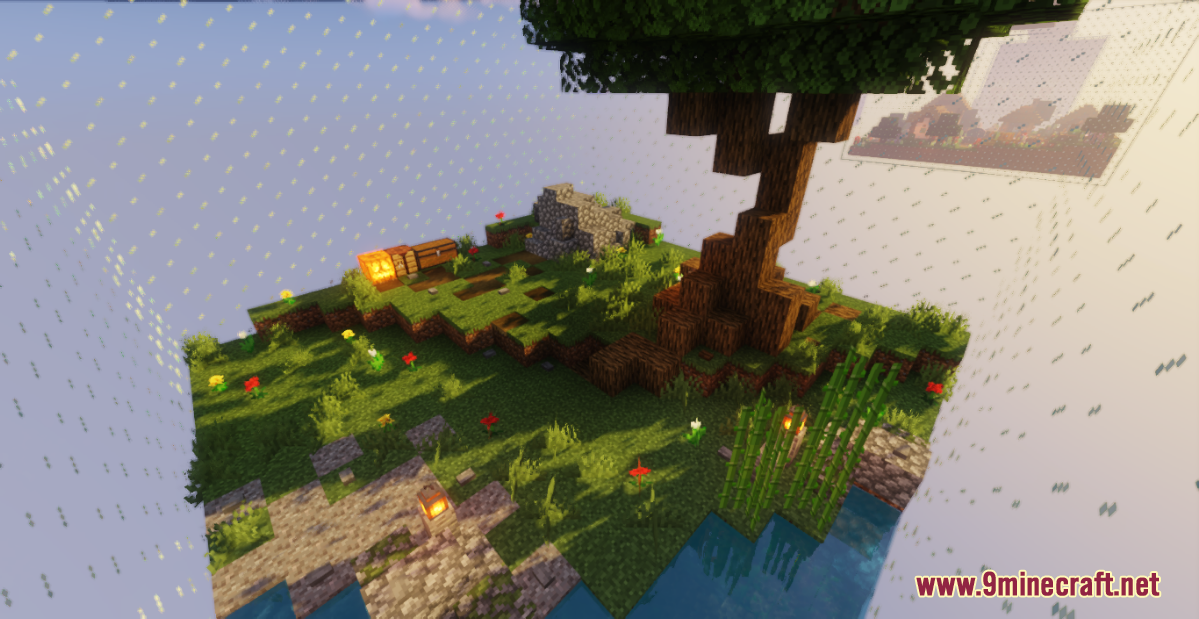
#snow_layer_cannot_survive_on: ice, packed_ice, and barrier.#snow_layer_can_survive_on: honey_block, soul_sand, and mud.options: a tag reference specifying the instrument options to randomly pick from.Added the item function set_instrument, to sets item tags needed for instrument items to a random value selected from a tag, with following parameter:.The entire message can have formatting applied, such as italics or a specific color (but currently not click or hover events).Chat can be similarly optionally narrated with a custom translation key or format.
 The translation key or translation format can be defined, like or %s says: "%s". These are synchronized to clients when they join the server. Servers can now define different chat style formats for clients, which can now be controlled by the server through the chat_type registry (found under the worldgen folder in the vanilla report). Chat from the / say, / msg, / teammsg, and / me commands are now all also cryptographically signed. pos: The position to use as the origin for the generation. structure: The namespaced ID of a structure to try to generate. Works by placing an entire structure just like it is done in world generation.
The translation key or translation format can be defined, like or %s says: "%s". These are synchronized to clients when they join the server. Servers can now define different chat style formats for clients, which can now be controlled by the server through the chat_type registry (found under the worldgen folder in the vanilla report). Chat from the / say, / msg, / teammsg, and / me commands are now all also cryptographically signed. pos: The position to use as the origin for the generation. structure: The namespaced ID of a structure to try to generate. Works by placing an entire structure just like it is done in world generation. 
depth: The maximum number of jigsaw connections to traverse during placement. start: The namespaced ID name of a jigsaw to use as the starting anchor. pool: The namespaced ID of a template pool to start generating. Works as hitting the "generate" button inside the user interface of a jigsaw block: it generates a jigsaw structure starting in a certain template pool at a given jigsaw anchor, then does a given number of levels of expansion from there. feature: The namespaced ID of a feature to try to place. A new command which replaces / placefeature and can place features, jigsaws and structures at a given location, with following syntaxes:.






 0 kommentar(er)
0 kommentar(er)
